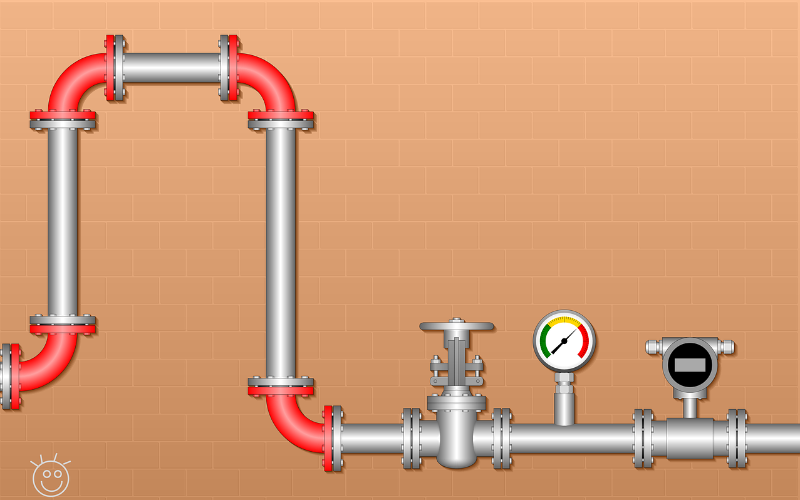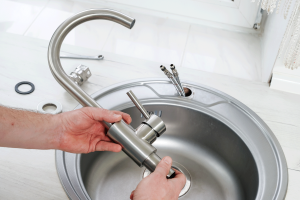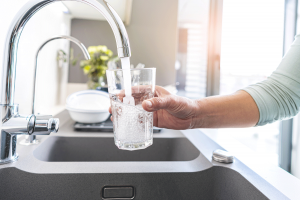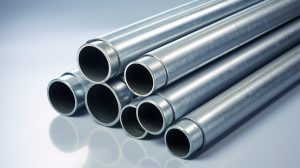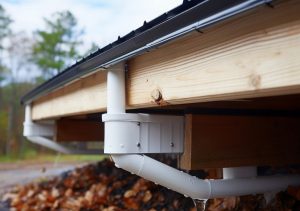Table of Contents
What is Pipe Inspection?
Pipe inspection is an integral aspect of structural construction as it aids in prioritizing maintenance so that you can avoid unnecessary repairs or replacements when your pipes are only afflicted with minor problems. The acoustic pipe inspection process involves sound technology to determine whether or not a network of pipelines requires any reinforcement.
Leakage from distribution pipelines not only causes waste of an important natural resource but also involves environmental hazards and economic losses. All across the globe, around 32 billion cubic meters of potable water is wasted. What’s even worse is that it is 35 percent higher compared to the total water supply.
Water supply itself is extremely energy-intensive and takes up 2 to 3 percent of global energy. There are several kinds of water distribution pipelines and cracks and leakage lead to a negative impact on the demand-supply chain. This, it is very important to perform underground pipe inspections from time to time to ensure reduced wastage of this non-renewable energy.
There is hardly any construction where a piping network is not used. They have to undergo a number of pipe testing procedures to ensure that they function efficiently under all kinds of stresses.
As all pipes will eventually undergo cracking, corrosion, manufacturing problems along with daily wear and tear, regular inspection is highly important. There are several types of piping inspection procedure and all of them are devised to compute how far the pipelines are capable of performing.
1. Magnetic Particle Inspection
Magnetic particle inspection identifies the presence of any linear flaws on the pipe surface particularly if the pipe is ferromagnetic stainless steel. A specific zone of the pipe is magnetized and in case there is any defect present on the surface, the iron-liquid compound starts deforming in the spots. The most versatile and favored method of magnetic particle inspection involves a strippable paint, yoke magnet, and most importantly, an ink with magnetic properties containing iron powder in a liquid carrier.
As it involves surface identification only, this method does not destroy any part of the pipe. Moreover, this process is also effective in finding out areas prone to cracking and breakage along with pores, cold laps, and poor joints.
2. Hydrostatic Testing
Hydro testing is particularly suitable for underground pipe inspection where the pipes transmit fluids at a pre-determined pressure. These tests are generally conducted when the pipeline network is shit down and repairs are executed to ensure that the piping will be fit for further operations.
This process starts by filling up the material with water and subsequently vacuuming out the air. The entire system undergoes a pressure up to 1.5x more than the upper limit. It is left in this condition for hours together. At this point, the piping inspector also examines the pipe visually to find out if there are any signs of leaks or bents. Often, testing engineers also incorporate some sort of tracer to precisely detect the source of the persisting problem.
3. Charpy Impact Test
This particular underground pipe inspection technique is meant to determine whether or not the pipe is tough. It is commonly applied on notched pipes which have to be joined together for creating a bend.
In a controlled environment, a weighted pendulum is positioned in such a way so that it swings from a height. It helps in finding the level of energy absorbed by the pipe when the pendulum is impacted.
Charpy impact piping inspection procedure has a host of benefits. It is cost-efficient and comparatively easier to perform. Besides it also allows engineers to check the strength and quality of the pipelines.
4. Ultrasonic Testing
This underground pipe inspection is executed by the vibration of frequencies measuring above 20 kilohertz which is above the human audible range. The ultrasonic testing method is primarily chosen for detecting the thickness and the viability of the overall internal structure.
An ultrasonic sound wave is transmitted through the surface of the pipe and it bounces in the walls while encountering some other opinion. The sound waves subsequently get reflected their origin where the experts measure the rate of travel.
The presence of electronic transducers producing a visualization of the properties aid greatly in the procedure. Besides wall thickness, ultrasonic acoustic pipe inspection also detects weld fractures, indentations, and the presence of any moving elements.
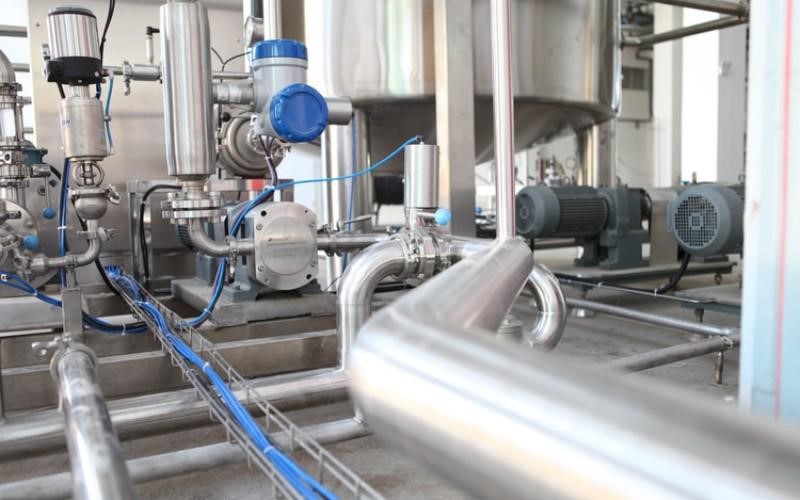
What is the procedure of pipe inspection?
As it is pointed out there are several techniques of underground pipe inspection and each procedure involves its distinct set of methods. The role of a pipe inspector is to assess and evaluate the condition of the underground pipes for anticipating structural and functional issues which can escalate to a potential threat.
The methods of piping inspection procedure can be deployed on and offshore as per the requirements of the process. Any inspection of the pipeline involves pipeline checking, the integrity of welding for concavity and penetration, detecting erosion, wall thickness, and cracks in the pipe body.
Due to technological advancements, robotic inspections are carried out over the years in places where human access is nearly impossible owing to restrictions of distance, space, and environmental factors.
Summary
Pipeline inspection is an integral aspect of its integrity management and it is required for keeping up the condition of pipelines. The process is governed by the respective safety regulations which require pipelines to be maintained in their working state and needed refurbishing. It includes both internal and external investigation techniques.
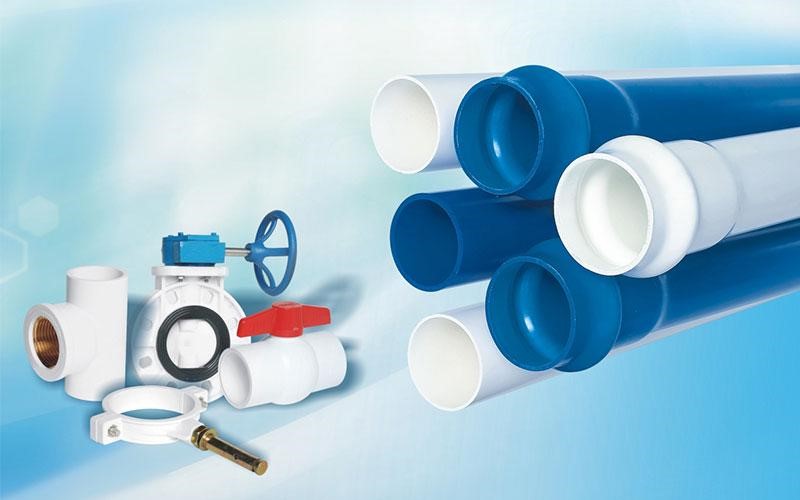
LESSO offers a wide range of piping solutions for civil buildings, municipal engineering, home decoration, and even agriculture. China Lesso is a renowned industrial supplier of piping range for both domestic and commercial requirements. They are committed to bringing out the best for their consumers and offer an excellent build quality and cost efficiency in their piping range.
Recommend Reading
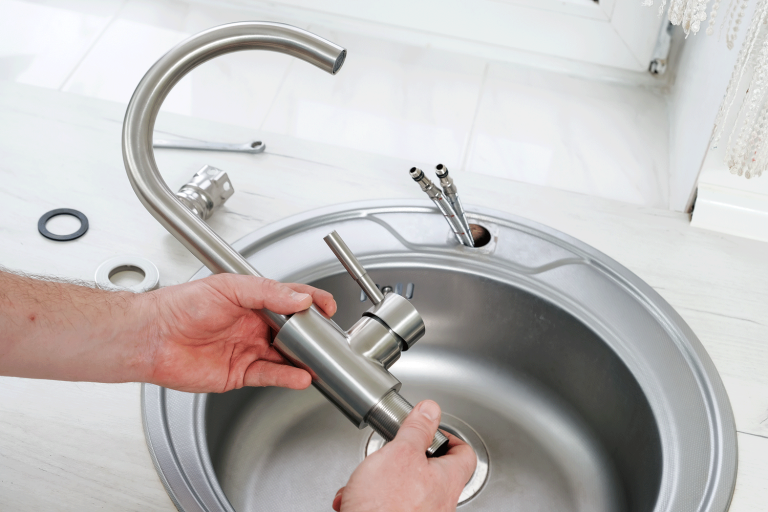
How to Install a Kitchen Faucet
Table of Contents Swapping out or upgrading a dated faucet with an attractive, durable brass faucet that fits your sink, coordinates with your decor, and
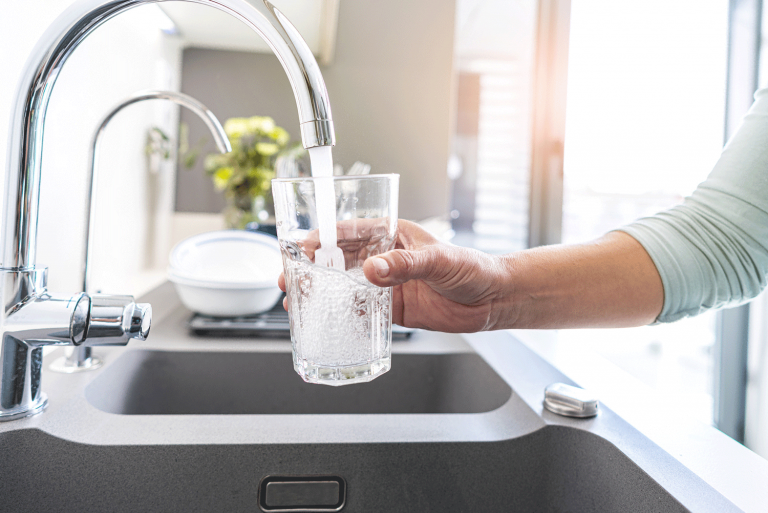
How to Choose the Best Kitchen Sink Faucets
Table of Contents The sink and faucet are often considered among the focal points of any kitchen or bathroom. Therefore, it’s important that you choose


